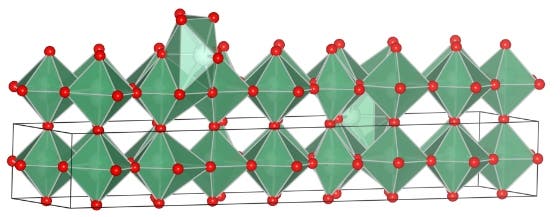Scientists at the UCLA Henry Samueli School of Engineering and Applied Science have synthesized a form of niobium oxide that exhibits extraordinary energy storage capabilities, basically combining the tremendous advantages of lithium-ion batteries and supercapacitors all into one material, while at the same time stripping the individual disadvantages out of the picture. The material is seen as having an enormous potential in revolutionizing how devices, be them consumer friendly or industrial, store and deliver energy. Imagine having a mobile phone that charges under a minute and can last for days or an electric car that can charge as fast as it would take you to fill the fuel tank of a conventional car. These and much more could be possible with refined versions of the researchers’ present findings.
We all know what batteries are, but it’s rather important to know how they work. In a nutshell, batteries storage energy through the bulk material of the battery, making them efficient energy storage devices, but at the same time this also causes the charge carriers (ions) to travel slowly to the surface of the battery where they can be released. Capacitors on the other hand can deliver massive amounts of energy, but they have very poor storage capabilities.
Combining the two, the UCLA researchers have managed to devise a material that has both battery and supercapacitor advantages, but with none of the individual drawbacks.
“With this work, we are blurring the lines between what is a battery and what is a supercapacitor,” said Veronica Augustyn, a graduate student in materials science at UCLA and lead author of the paper. “The discovery takes the disadvantages of capacitors and the disadvantages of batteries and does away with them.”
What makes the synthesized type of niobium oxide so appealing is its demonstrated substantial storage capacity through “intercalation pseudocapacitance,” in which ions are deposited into the bulk of the niobium oxide in the same way grains of sand can be deposited between pebbles. The UCLA scientists showed how electrodes 40 microns thick — about the same width as many commercial battery components — can quickly store and deliver energy on the same time scales as electrodes more than 100 times thinner.
Before the material can be deployed into practical devices with high energy density that can charge in under a minute, more nanoscale research is required, but like all forefront technologies, expect withing a few years for charging to get revamped.
Findings were reported in the journal Nature Materials.










